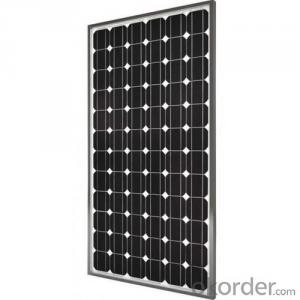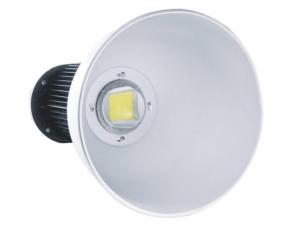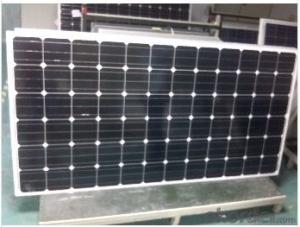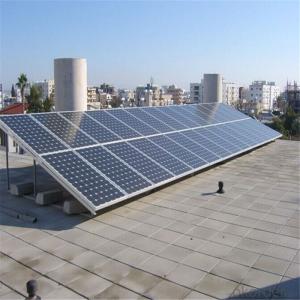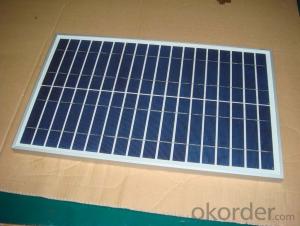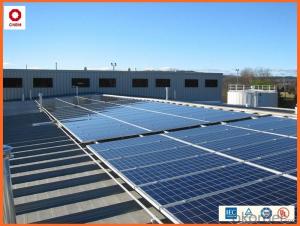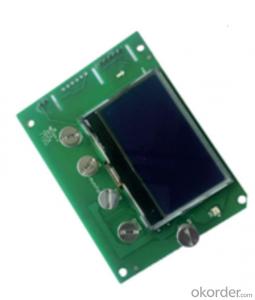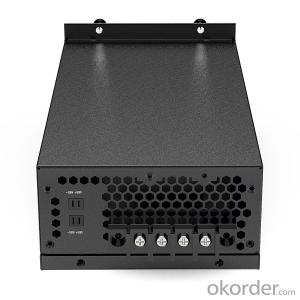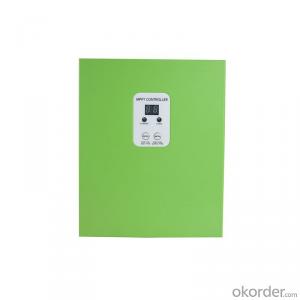200w Solar Inverter
200w Solar Inverter Related Searches
Solar Panel With Ac Inverter Solar Panel With Inverter Kit Solar Panel Kits With Inverter Inverter With Solar Panel Inverter With Solar System Solar With Electric Inverter Inverter With Battery Solar Inverter With Solar Panels Solar Charger With Inverter Rv Solar Kit With InverterHot Searches
Solar Inverter Solar Panel Solar Items Wholesale Solar With Inverter Price Solar Inverter With 2 Battery Solar Inverter With Ac Outlet Solar Inverter Price In China Best Solar Inverter In China Solar Inverter Price In Dubai Solar Inverter Price In Uae Solar Inverter Price In Kenya Solar Inverter Price In Kerala Solar Inverter Price In Ghana Solar Inverter Price In Nepal Solar Inverter Price In Ksa Solar Inverter Supplier In Uae Solar Inverter Made In Germany Solar Inverter In Dubai Solar Inverter In Saudi Arabia Solar Inverter In Uae Solar Inverter In Kerala200w Solar Inverter Supplier & Manufacturer from China
Okorder.com is a professional 200w Solar Inverter supplier & manufacturer, offers integrated one-stop services including real-time quoting and online cargo tracking. We are funded by CNBM Group, a Fortune 500 enterprise and the largest 200w Solar Inverter firm in China.Hot Products
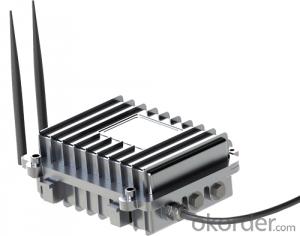
Internet of Things Wireless Centralize Controller Remote Monitor System MPPT Solar Charge Controller
FAQ
- A solar controller can indeed be utilized alongside a solar-powered electric vehicle charging infrastructure. Referred to as a charge controller as well, this device is responsible for regulating the flow of electric current from solar panels to batteries or other devices. In the specific scenario of a solar-powered electric vehicle charging infrastructure, the solar controller would oversee the charging process by ensuring that the electricity produced by the solar panels is effectively stored and transmitted to the electric vehicle's battery. This aids in optimizing the charging efficiency and extending the battery's lifespan. Furthermore, a solar controller is also capable of offering crucial monitoring and safety features, including overcharge protection and temperature compensation, which are vital for the secure and efficient operation of a solar-powered electric vehicle charging infrastructure. All in all, incorporating a solar controller into a solar-powered electric vehicle charging infrastructure can enhance its performance, reliability, and sustainability.
- The purpose of a solar controller is to regulate and optimize the charging and discharging of solar batteries, ensuring efficient and safe operation of solar power systems.
- The maximum power rating of a solar controller depends on the specific model, but it typically ranges from 10 to 60 amps.
- No, a solar controller is not designed to handle power surges from appliances. Its primary function is to regulate and control the flow of solar power from the solar panels to the battery bank or inverter, ensuring optimum charging and protection of the batteries. Power surge protection is typically handled by surge protectors or surge suppressors, which are separate devices specifically designed for this purpose.
- A solar controller handles variations in load demand by regulating the flow of power from the solar panels to the load. It continuously monitors the load demand and adjusts the amount of power being delivered accordingly. This ensures that the load receives the required amount of power while preventing overloading or underutilization of the solar system.
- The regulation of voltage drop in the wiring is managed by a solar controller through the implementation of PWM (Pulse Width Modulation) regulation. When there is a drop in voltage between the solar panels and the controller, the controller compensates for it by modifying the duty cycle of the PWM signal. Continuously monitoring the voltage at the panels, the solar controller compares it to the desired voltage. Should there be a decrease in voltage due to wiring resistance, the controller increases the duty cycle of the PWM signal. This adjustment allows for a greater flow of current through the wiring, thereby compensating for the drop in voltage. Through the manipulation of the duty cycle, the controller is capable of maintaining a consistent voltage at the panels, ensuring that the maximum power output is attained. This is of utmost importance as voltage drop in the wiring can significantly diminish the efficiency of the solar system, resulting in reduced power generation. In addition to the utilization of PWM regulation, certain advanced solar controllers also incorporate MPPT (Maximum Power Point Tracking) technology. MPPT controllers have the ability to dynamically modify the voltage and current, optimizing the power output from the solar panels. This technology further enhances the controller's capacity to manage voltage drop in the wiring and optimize the performance of the system.
- Yes, a solar controller can be used with solar panel boat mounts. A solar controller is designed to regulate and optimize the charging process of the solar panels, ensuring efficient power generation and preventing overcharging of the batteries. It can be connected between the solar panels and the battery bank, regardless of the mounting system used.
- To protect a solar controller from overheating, there are several steps you can take: 1. Proper installation: Ensure that the solar controller is mounted in a well-ventilated area, away from direct sunlight and other sources of heat. This will help to prevent excessive heat buildup. 2. Adequate sizing: Make sure the solar controller is properly sized for your solar panel system. Undersized controllers may struggle to handle the load, leading to overheating. Consult the manufacturer's specifications or seek professional advice to ensure the controller is suitable for your system. 3. Check ambient temperature: Monitor the ambient temperature around the solar controller regularly. If the temperature rises above the recommended operating range, consider relocating the controller to a cooler area or installing additional ventilation. 4. Use heat sinks: Consider using heat sinks or heat dissipation devices, especially if the solar controller is located in a confined or enclosed space. Heat sinks help to absorb and dissipate excess heat, preventing it from building up and damaging the controller. 5. Install thermal sensors: Many advanced solar controllers come equipped with built-in thermal sensors that can detect excessive heat and automatically shut down or reduce the load on the controller. If your controller does not have this feature, you can consider installing external thermal sensors to monitor and trigger protective measures when necessary. 6. Ensure proper wiring: Faulty or loose wiring can increase resistance and cause the solar controller to overheat. Regularly inspect the wiring connections and ensure they are secure, tight, and properly insulated. If you notice any signs of damage or overheating, address the issue immediately. 7. Regular maintenance: Regularly clean and inspect the solar controller for any debris, dust, or dirt accumulation, as these can impede proper heat dissipation. Use a soft brush or compressed air to clean the controller gently. By following these steps, you can help protect your solar controller from overheating and ensure its optimal performance and longevity.

